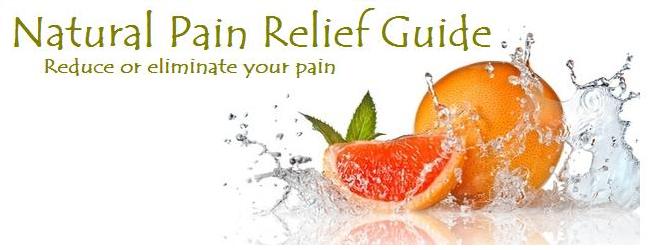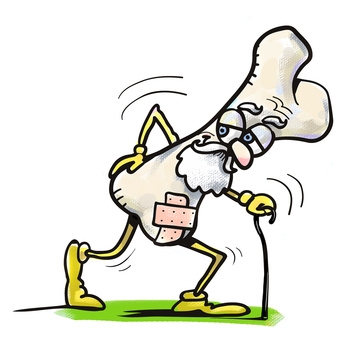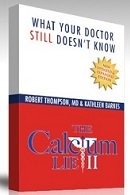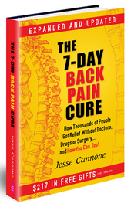|
Treat Osteoporosis Naturally
If you could treat osteoporosis naturally, why would you want to take the drugs prescribed for it along with their sometimes-terrible side effects and considerable cost? That's a question people should ask before they start on some of the drugs that are being prescribed as new treatments for osteoporosis. This page (the main page for osteoporosis information on this site) and the pages it links to will help you answer that question.
But first let's talk about osteoporosis for a minute. What is osteoporosis? The World Health Organization (WHO) defines it as: "a generalized skeletal disorder characterized by thinning of the bone and deterioration in its architecture, causing susceptibility to fracture."
There are two types of osteoporosis:
Type 1 - Postmenopausal osteoporosis commonly affects women after menopause (50 - 70 years) when their bodies are producing lower amounts of estrogen. This leads to an increase in the resorption of bone material often resulting in fractures of the wrist and spine.
Type 2 - Senile osteoporosis typically happens after the age 70 and affects twice as many women as men. It involves thinning of both the hard outer layers and the spongy interior of bones leading to, most commonly, hip and spinal fractures.
Osteoporosis is a common and serious problem - a broken hip in an elderly person can leave them quite incapacitated and lead to a rapid decline in health.
There are many drugs being promoted for the management of osteoporosis but they have been shown to have many and serious side effects and even questionable benefits. There are more advocates recently for avoiding the problems with anti-osteoporosis prescription drugs and instead using healthy means to treat osteoporosis naturally.
University of Illinois researchers are saying that an effective strategy to keep bones strong should be to simply increase dietary calcium and vitamin D or take supplements. Karen Chapman-Novakofski, a U of I professor of nutrition and co-author of a literature review published in a recent issue of the journal Nutrients said "for many people, prescription bone-building medicines should be a last resort."
Bone density scan results are often used to urge patients deemed to be at risk or in the early stages of osteoporosis (osteopenia) to get on osteoporosis medications. However, research also shows that bone density scans are not always accurate as they measure quantity, not quality, of bone.
The studies authors did a meta-analysis that included 219 scientific journal articles that investigated the impacts of dietary, supplemental, and educational interventions over the last 10 years. They concluded that adults who increase calcium and vitamin D intake generally have increased bone mineral density and dramatically reduced risk of hip fracture.
They found prescription bone-building medications come with many potentially-serious side effects including, ironically, an increase in bone problems such as hip fractures and jaw necrosis.
A common class of osteoporosis medications - bisphosphonates - work by turning off the action of osteoclasts - the cells that break down old bone to make way for new bone that is made by another type of cells - osteoblasts. The results might indicate increased bone density but the bone is not as healthy and structurally sound as it should be. Bone health is more than simply bone density as bone is a living structure.
So, as you can see, there are serious questions even among the medical community over the common methods used to treat osteoporosis. So how do you treat osteoporosis naturally? Follow the links below to information that will help you understand and treat osteoporosis naturally, decrease your pain and increase your quality of life:
- Causes of osteoporosis and how to avoid it.
- Does exercise make a difference to bone density and osteoporosis?
- What about milk and osteoporosis? - is milk a good calcium source?
- Side effects of osteoporosis medications
- The best exercise for osteoporosis
- Osteoporosis prevention with rebound exercise
|
Keep up to date with
valuable insights into
pain management via
a healthy lifestyle.
Receive the monthly
Natural Pain Relief
Guide Newsletter.
News articles, health
tips, specials, freebies.
Enter your email and name
in the form to the right.
|
|
|










New! Comments
Have your say about what you just read! Leave me a comment in the box below.